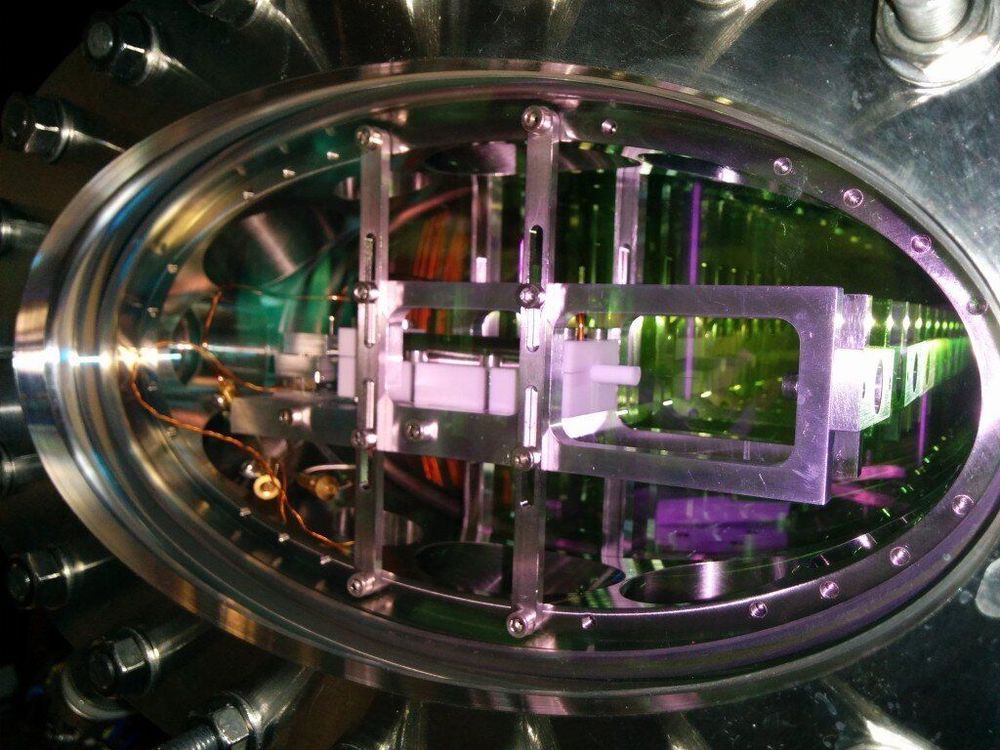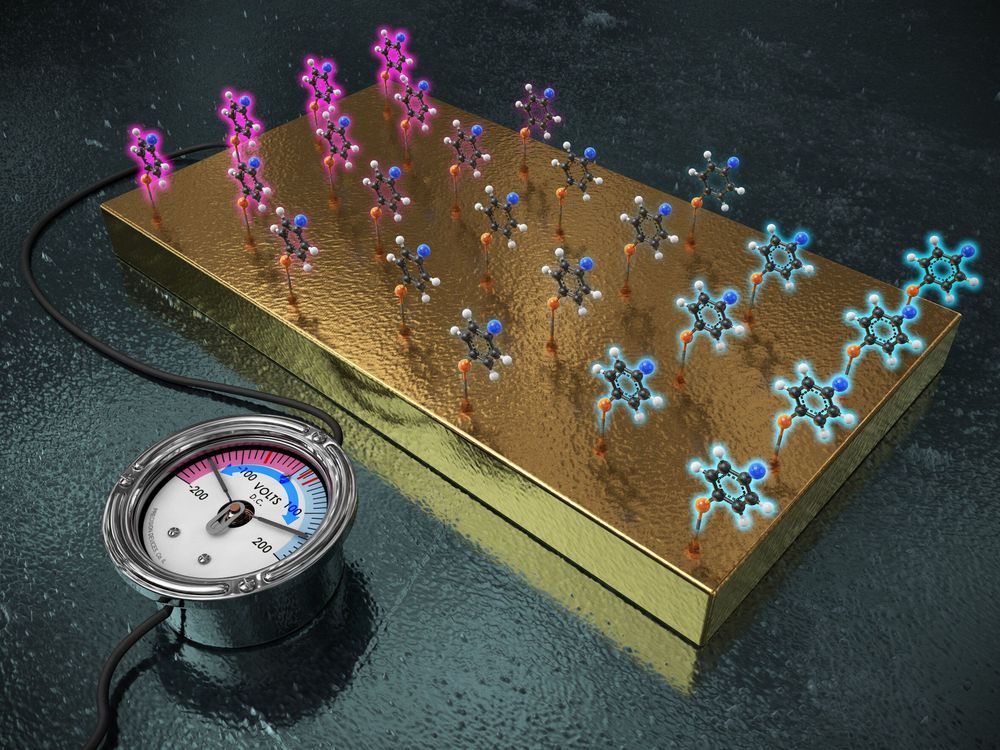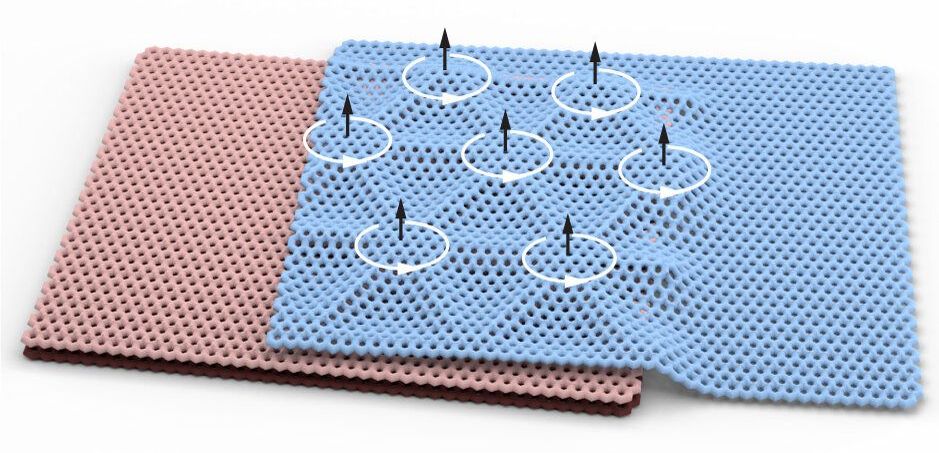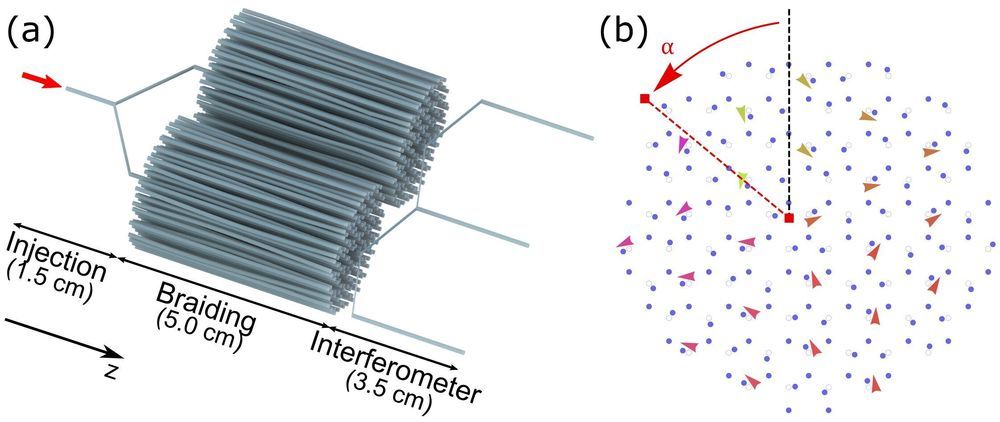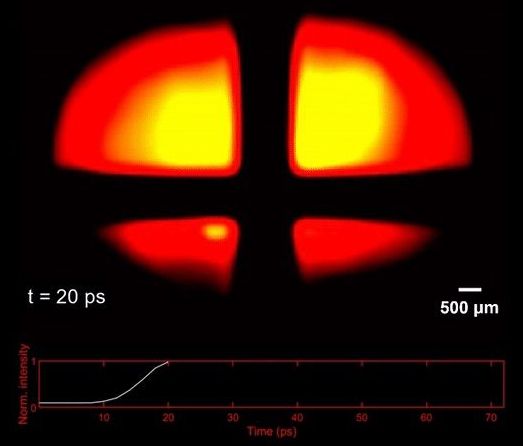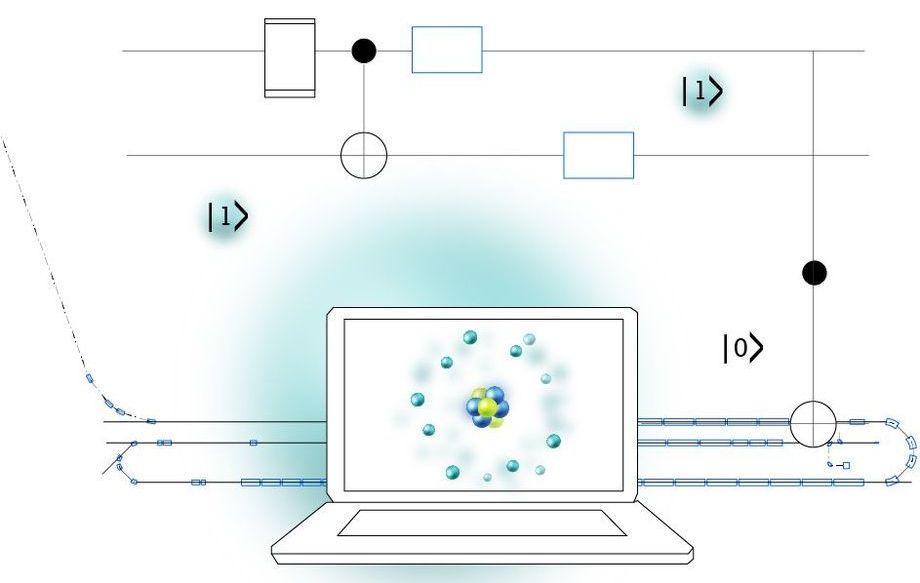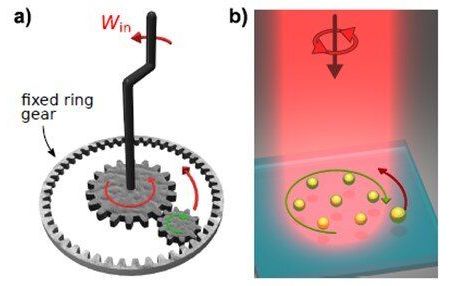Oct 13, 2020
Physicists Just Stored and Transported Light Itself
Posted by Quinn Sena in category: particle physics
A team of German physicists managed to pack up light — and unpack it 1.2 millimeters away, without altering it in the process.
It’s a simple concept, but extremely difficult to actually pull off. To do it, the team from the Johannes Gutenberg University Mainz (JGU) had to cool down rubidium-87 atoms to almost absolute zero.
“We stored the light by putting it in a suitcase so to speak, only that in our case the suitcase was made of a cloud of cold atoms,” Patrick Windpassinger, professor at JGU, research lead, said in a statement. “We moved this suitcase over a short distance and then took the light out again.”

